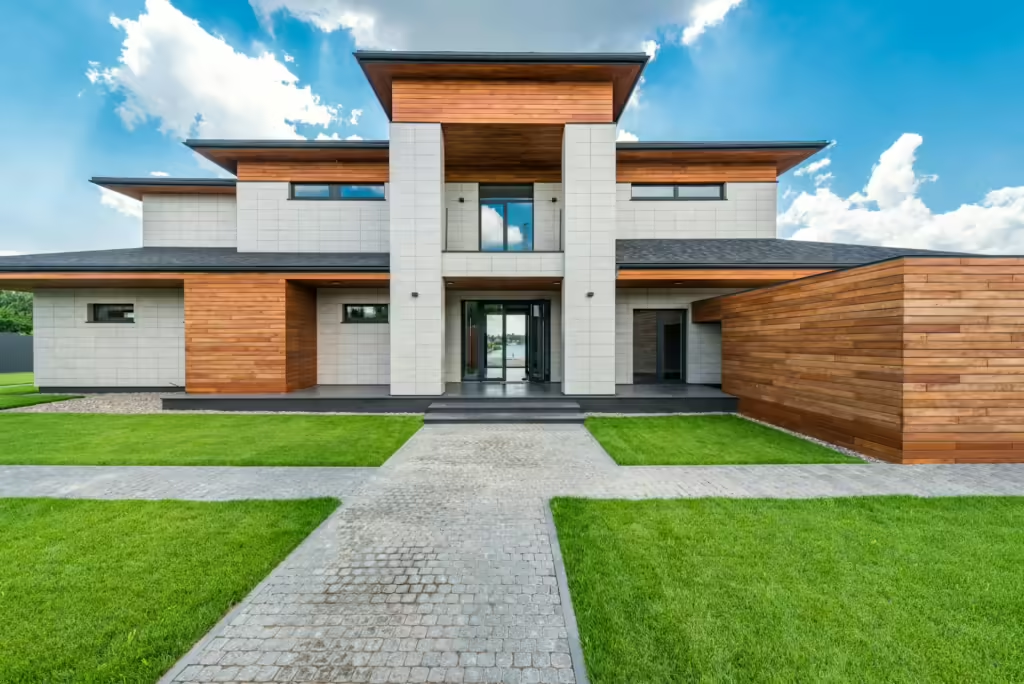Dealing with buying and selling a house at the same time can seem like a lot to handle, but with the right approach, you can manage both processes smoothly. Whether you’re thinking of moving to a bigger place, downsizing, or relocating, it’s important to have a good plan in place to handle both transactions efficiently. We’ll show you how to handle buying and selling your house at the same time, from where to start, how to time the transactions, and what steps to take for a stress-free experience.
1. Assess the Real Estate Market
The first step in successfully buying and selling your home simultaneously is understanding your local real estate market. If you’re in a seller’s market (where demand exceeds supply), you’ll likely sell your home quickly, but finding a new home could be more challenging. Conversely, in a buyer’s market (where supply exceeds demand), selling might take longer, but you’ll have more options when buying.
Understanding market conditions helps you set realistic expectations for both transactions. Consulting with a real estate agent can provide insights into pricing trends, average days on the market, and competitive offers.

2. Find a Real Estate Agent Experienced in Dual Transactions
Working with an experienced real estate agent is crucial when buying and selling simultaneously. Look for an agent who has experience managing dual transactions. They’ll be able to guide you through the timing, negotiations, and paperwork for the sale of your current home and the purchase of your new one.
A skilled agent will help you price your home competitively, prepare it for listing, and assist with the home search while coordinating closing dates to minimize financial stress.
3. Get Pre-Approved for a Mortgage
If you plan to buy a new home while selling your current one, securing a pre-approval mortgage is an essential early step. A mortgage pre-approval tells you how much you can afford for your new home and strengthens your position when making offers. It also gives sellers confidence that you’re a serious buyer, which can be crucial in competitive markets.
To avoid delays, gather all the necessary financial documents, including proof of income, tax returns, and credit information, and submit them to your lender early in the process.
4. Decide on Contingencies or Bridge Loans
One of the biggest challenges in buying and selling simultaneously is the timing of the transactions. You don’t want to be stuck with two mortgages or be without a home if your sale closes before your new purchase. Here are a few options to consider:
- Contingency Offers: You can make your home purchase contingent on selling your current home. This means your purchase is only finalized if your current home sells, reducing the risk of paying two mortgages.
- Bridge Loans: A bridge loan is a short-term loan that covers the gap between buying your new home and selling your current one. It allows you to use the equity in your current home as a down payment on your new home before your sale is complete.
- Rent-Back Agreement: In a rent-back agreement, you sell your current home but rent it back from the buyer for a short period. This gives you more time to find and close on your new house without having to move twice.

5. List Your Home for Sale
Once you’ve established a plan, it’s time to prepare your current home for sale. This means decluttering, making necessary repairs, and staging your home to appeal to potential buyers. Your real estate agent will guide you in pricing your home competitively based on local market conditions and recent sales.
The goal is to quickly generate interest in your home, especially if you’re already looking for a new one. A quick sale gives you more flexibility when making offers on your next home.
6. Start Searching for Your New Home
As you prepare to list your current home, start actively searching for your next one. Work closely with your real estate agent to find homes that match your criteria in price, location, and amenities. Consider how long you’re willing to wait for the perfect home and whether you’re open to making a quick decision once you receive offers on your current home.
Timing both transactions can be tricky, so having a few potential homes in mind can help ensure you’re ready to move forward when your current house sells.

7. Prepare for the Closing Process
Once you’ve found a buyer for your home and have an offer accepted on your new home, it’s time to prepare for closing. Ideally, both transactions will close around the same time to minimize financial overlap. Work closely with your real estate agent and mortgage lender to coordinate the closing dates and ensure all paperwork is in order.
If closing on both homes simultaneously isn’t possible, you may need to explore temporary housing or storage options to bridge the gap.
8. Be Prepared for Unexpected Delays
Despite your best efforts, unexpected delays can happen when buying and selling homes simultaneously. Whether a buyer’s financing falls through or a closing is delayed, it’s important to be flexible and have a backup plan. Some homeowners choose to sell their house first and rent a temporary place while they search for a new property. This allows more time to find the perfect home without the pressure to close quickly.
Buying and selling your home at the same time can be complex, but with careful planning and the right team, it’s achievable. Start by understanding your local market, working with an experienced real estate agent, and exploring financing options like contingency offers or bridge loans to ease the transition. By staying organized and flexible, you can successfully navigate both transactions and move into your new home with minimal stress.
For more expert real estate advice, visit Oat Real Estate today!
